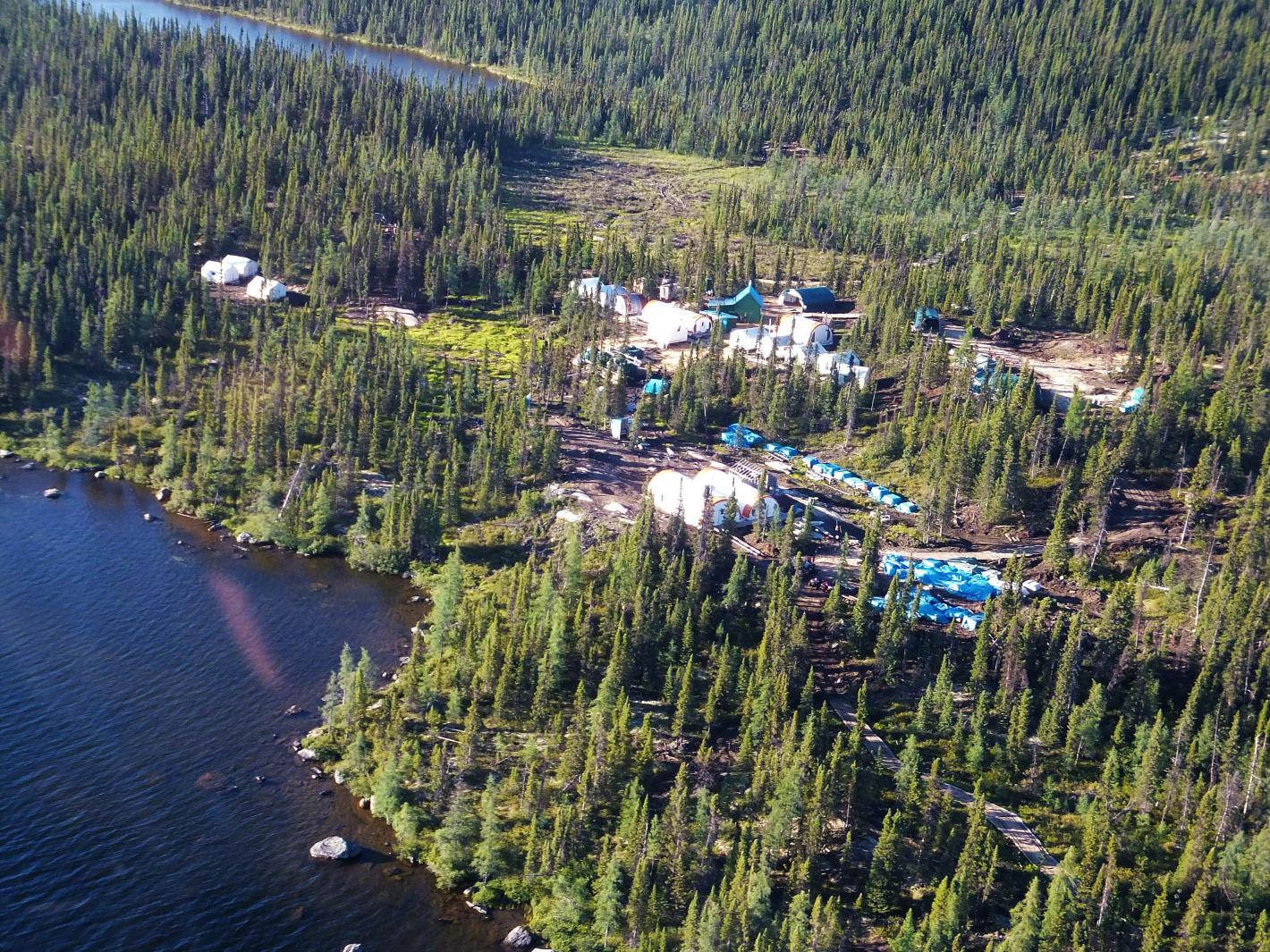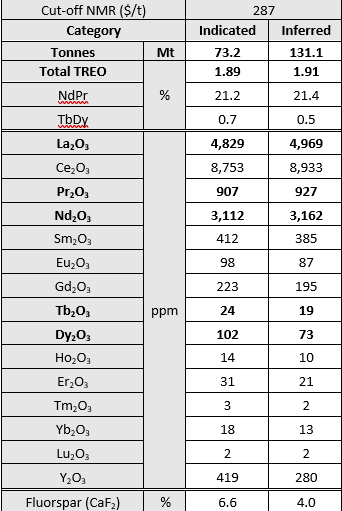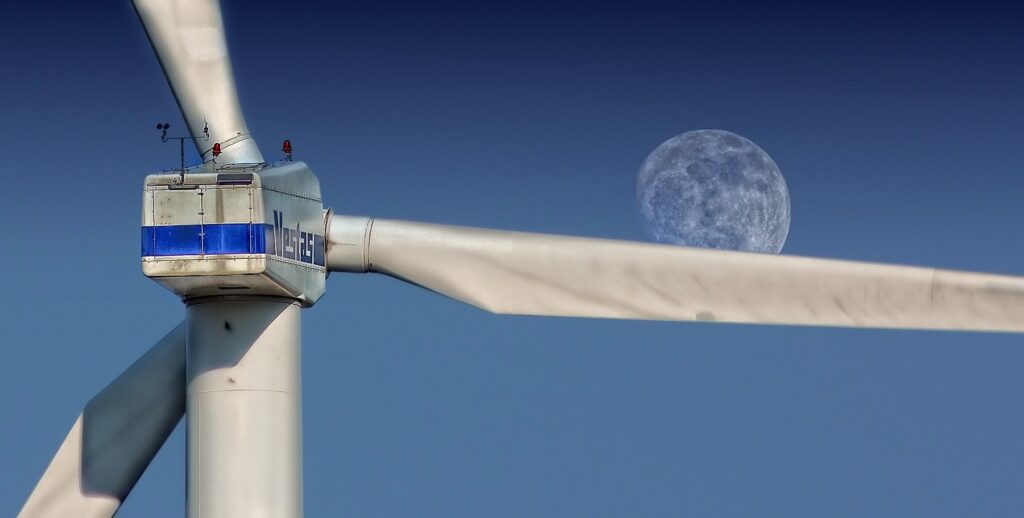ASHRAM PROJECT
ASHRAM RARE EARTHS & FLUORSPAR PROJECT
Nunavik, Québec
130km south of Kuujjuaq, a Tier-1 mining jurisdiction with strong government support.

The Ashram Rare Earths & Fluorspar Project is a world-class deposit and one of the most advanced rare earth developments in North America. With over A$50 million historically invested in exploration, drilling, resource definition and development studies, Ashram represents a cornerstone asset in Canada’s critical minerals push.
History & Geology
The Ashram Deposit was first discovered in 2010, with the discovery hole, EC10-027, intersecting 215m at 1.72% Total Rare Earth Oxides (TREO) and 29m grading 2.07% TREO. Since its discovery, almost 35,000m of drilling has been completed, together with extensive metallurgical testing.
RESOURCE HIGHLIGHTS
- NI 43-101 Mineral Resource Estimate (April 2024):
- Indicated: 73.2Mt @ 1.89% TREO & 6.6% CaF₂
- Inferred: 131.1Mt @ 1.91% TREO & 4.0% CaF₂
- High PrNd distribution of ~21% — essential for permanent magnet production.
- Open at depth with significant scale potential.
Mineral Resource Estimate
The 2024 MRE was completed in accordance with National Instrument 43-101 with an Effective Date of April 4th, 2024, and is based on 117 diamond drill holes totaling 28,783 meters of NQ, HQ, and BTW size drill core.
The mineral resource estimate is as follows:

(b) NdPr distribution calculated as (Nd2O3 + Pr2O3) / TREO x 100
(c) CaF2 calculated from fluorine assay using factor of 2.055 (F to CaF2). Assumes all fluorine is contained within the mineral fluorite (“fluorspar”).
(d) Cut-off expressed as NMR ($)/t only considers payable elements La-Nd-Pr-Tb-Dy.
(e) TbDy distribution calculated as (Tb2O3 + Dy2O3) / TREO x 100.
(f) Prices shown are in CAD
(g) Differences may occur in totals due to rounding.

REE Distribution

The updated MRE for the Ashram rare earth and fluorspar deposit firmly establishes it as a globally significant rare earth element (REE) deposit and one of the largest monazite-mineralized carbonatite REE deposits in the world: 73.2 million tonnes (Mt) at 1.89 percent TREO (total rare earth oxide) and 6.6 percent CaF2 (calcium fluoride) (indicated), and 131.1 Mt at 1.91 percent TREO and 4 percent CaF2 (inferred).
Ashram also continues to demonstrate very high NdPr (neodymium-praseodymium) distributions (that is, percentage of neodymium plus praseodymium oxide of the TREO) at 21.2 percent NdPr (indicated) and 21.4 percent NdPr (inferred), exceeding that of several active global producers. The favorable distribution starts at the surface, allowing these high-value elements to be targeted early on in a potential open-pit extraction scenario and, thereby, enhancing the project’s strategic value and operational efficiency.
This enrichment in the magnet feed REEs also extends to dysprosium (Dy) and terbium (Tb).
Mineral Resources are not mineral reserves and do not demonstrate economic viability. There is no certainty that all or any part of the Mineral Resources will be converted into Mineral Reserves.

NI 43-101 Disclosure
Mineral resources are not mineral reserves as they have not demonstrated economic viability. The quantity and grade of reported inferred resources in the MRE are uncertain in nature and there has been insufficient exploration to define these inferred resources as indicated or measured. However, it is reasonably expected that the majority of inferred mineral resources could be upgraded to indicated mineral resources with continued exploration.
Patrik T. Schmidt, M.Sc., P.Geol., Dahrouge Geological Consulting Ltd., a Qualified Person as defined by National Instrument 43-101, has prepared, read and approved all scientific and technical information that relates to the Ashram Rare Earth Element Project on this website.